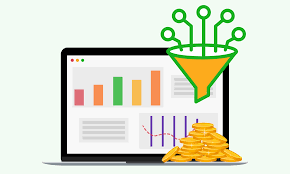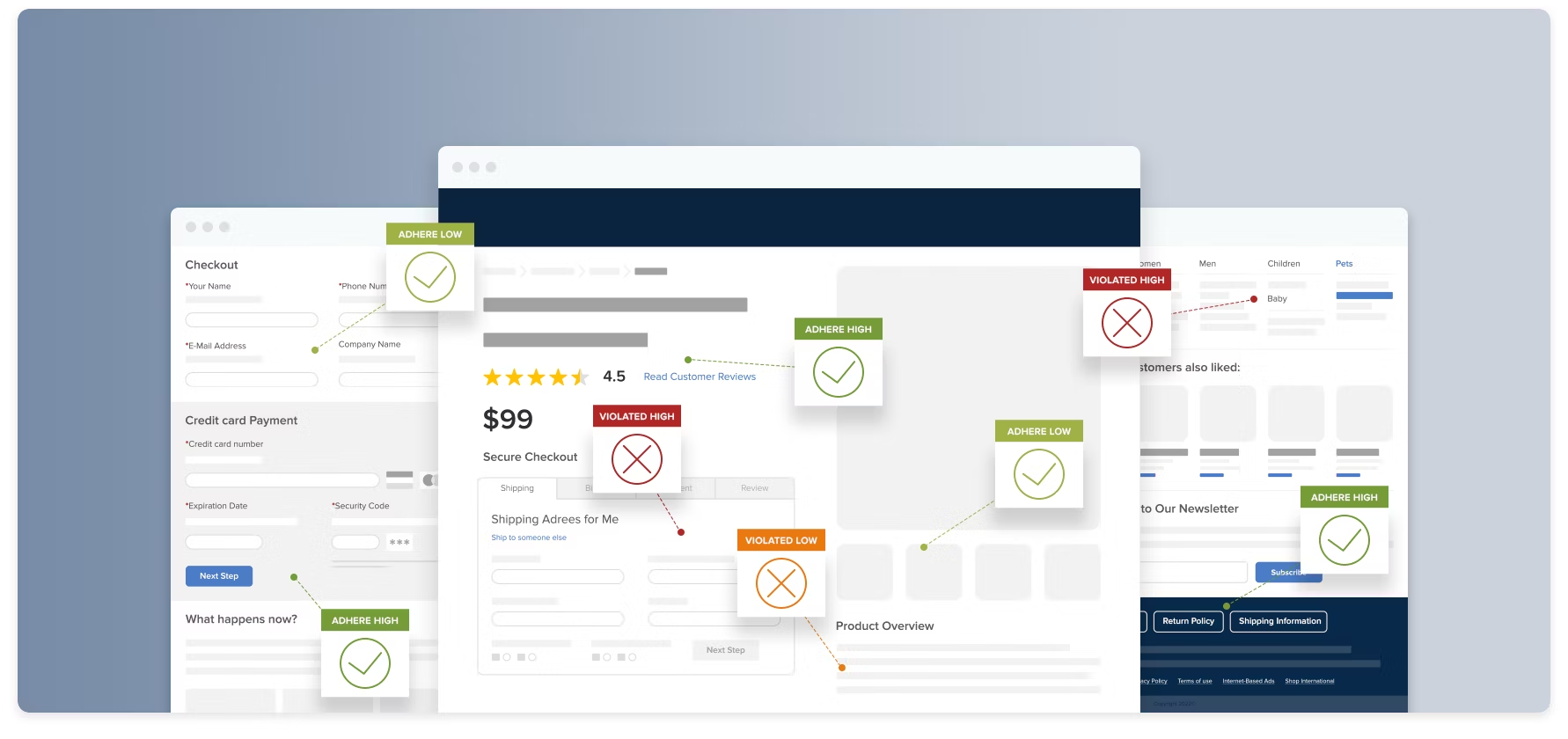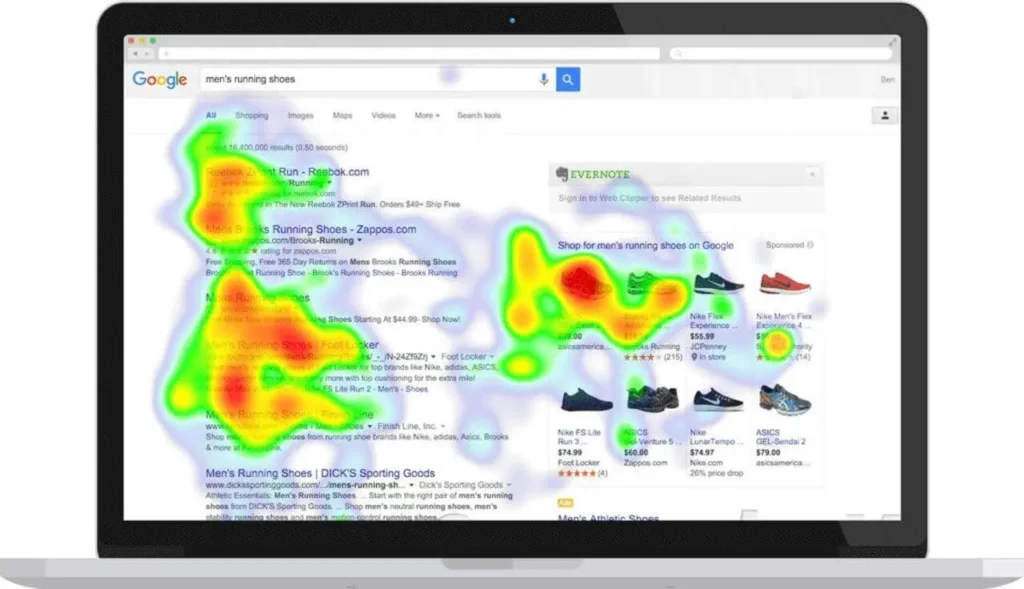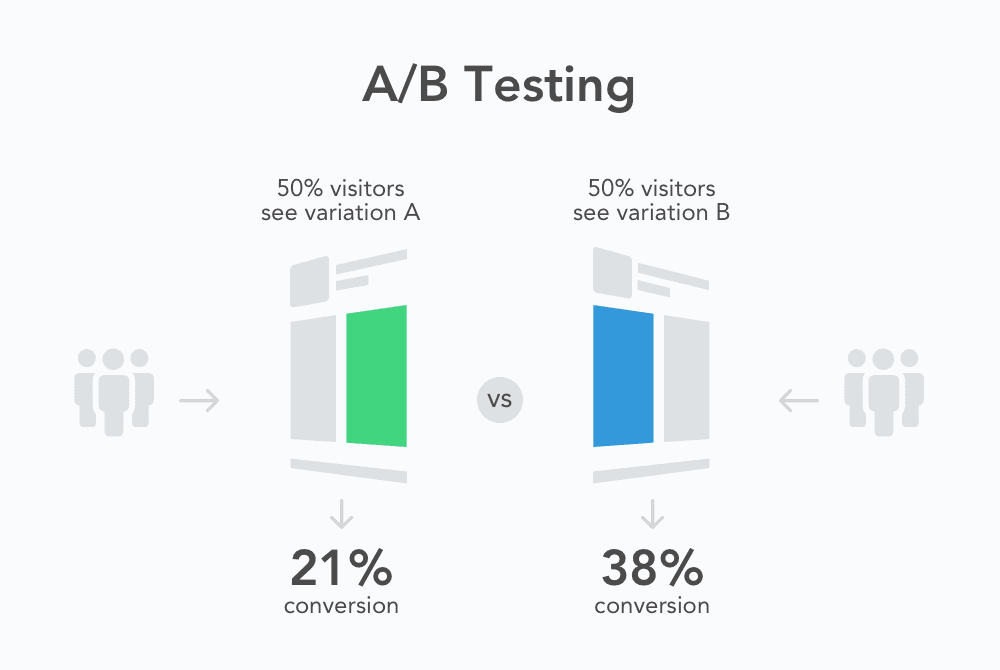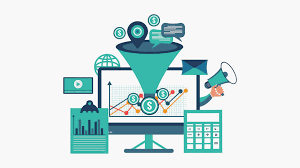In the competitive world of ecommerce, driving traffic to your website is only half the battle—the real challenge lies in converting visitors into paying customers. Even with high visitor numbers, without effective conversion strategies, your sales and revenue can remain stagnant. That’s where ecommerce conversion optimization services come into play, offering tailored solutions to enhance user experience, streamline the purchasing process, and ultimately boost your sales. In this blog post, we’ll explore the top conversion optimization services that can help you maximize your revenue, improve customer engagement, and turn your ecommerce store into a powerful sales-generating machine. Whether you’re just starting out or looking to take your online business to the next level, these expert strategies and tools are essential for success.
1. Understanding Ecommerce Conversion Optimization
Ecommerce conversion optimization is a strategic approach focused on increasing the percentage of website visitors who complete a desired action—whether that’s making a purchase, signing up for a newsletter, or adding items to their cart. Simply put, it’s about turning casual browsers into loyal customers. This process involves analyzing user behavior, identifying obstacles in the sales funnel, and implementing targeted improvements to enhance the overall shopping experience. From optimizing website design and improving page load speeds to crafting compelling calls-to-action and simplifying the checkout process, every element plays a crucial role in boosting conversions. By understanding and applying ecommerce conversion optimization techniques, businesses can not only increase their revenue but also build stronger customer relationships and foster long-term growth.
2. Key Features of Top Conversion Optimization Services
When it comes to maximizing your ecommerce revenue, choosing the right conversion optimization service can make all the difference. The top conversion optimization services come equipped with a range of key features designed to enhance user experience, increase engagement, and ultimately drive more sales. Firstly, these services offer comprehensive website analytics that provide deep insights into customer behavior, identifying drop-off points and areas for improvement. They employ A/B testing and multivariate testing tools to systematically experiment with different page layouts, content, and calls-to-action, ensuring that every element on your site is optimized for maximum conversion. Personalization capabilities are another standout feature, allowing businesses to tailor product recommendations and promotions based on individual user preferences and browsing history. Additionally, leading services focus on improving site speed and mobile responsiveness, critical factors that influence user satisfaction and conversion rates. Many also integrate seamlessly with popular ecommerce platforms and marketing tools, making implementation straightforward and efficient. Together, these features empower businesses to create a smoother, more engaging shopping experience that encourages visitors to become paying customers.
3. Popular Tools and Platforms for Conversion Rate Improvement
When it comes to boosting your ecommerce sales, leveraging the right tools and platforms for conversion rate optimization (CRO) can make all the difference. These popular solutions are designed to analyze visitor behavior, streamline user experience, and ultimately turn browsers into buyers. One of the leading platforms in this space is Google Optimize, a free tool that allows you to run A/B tests, multivariate tests, and personalized experiments to see which versions of your webpages perform best. For businesses seeking more advanced features, Optimizely offers robust experimentation capabilities combined with detailed analytics, enabling you to make data-driven decisions with confidence. Another favorite is Hotjar, which provides heatmaps, session recordings, and feedback polls to help you understand how users interact with your site and where they might be encountering friction. Additionally, Crazy Egg offers similar insights with click tracking and scroll maps, giving you a visual representation of user engagement. For optimizing your checkout process, platforms like Unbounce and VWO (Visual Website Optimizer) specialize in creating high-converting landing pages tailored to your audience. By integrating these powerful tools into your ecommerce strategy, you can systematically identify pain points, test solutions, and implement changes that significantly enhance your conversion rates and maximize revenue.
4. Case Studies: Success Stories from Optimized Ecommerce Stores
Nothing illustrates the power of ecommerce conversion optimization better than real-world success stories. Businesses that have leveraged expert optimization services often see dramatic improvements in their sales performance, customer engagement, and overall revenue. Take, for example, a mid-sized fashion retailer that partnered with a conversion optimization agency to revamp their product pages and streamline their checkout process. Within just three months, they experienced a 35% increase in conversion rates and a 25% boost in average order value, simply by improving site navigation and implementing targeted A/B testing strategies.
Another inspiring case involves a specialty electronics store that optimized their mobile shopping experience, addressing common pain points like slow loading times and complicated menus. After these changes, their mobile conversions doubled, contributing to a 40% increase in total sales within six months. These examples highlight how tailored optimization techniques—ranging from user experience enhancements to personalized marketing—can transform ecommerce stores. By learning from these success stories, you can identify strategies that align with your own business goals and start maximizing your online revenue.
5. How to Choose the Right Conversion Optimization Service for Your Business
Choosing the right conversion optimization service for your ecommerce business is a crucial step toward maximizing your revenue and achieving sustainable growth. With numerous providers offering a variety of tools and strategies, it’s essential to find a partner that aligns with your specific goals and needs. Start by evaluating your current conversion rates and identifying the key areas where improvements are needed—whether it’s enhancing user experience, streamlining the checkout process, or optimizing product pages. Look for services that offer comprehensive solutions, including A/B testing, user behavior analysis, and personalized recommendations. Additionally, consider the provider’s expertise in your industry and their track record of delivering measurable results. Transparent reporting and clear communication should also be a priority to ensure you can track progress and make informed decisions. By carefully assessing these factors, you can select a conversion optimization service that not only boosts your sales but also supports long-term success for your ecommerce business.

6. Tips for Implementing and Measuring Conversion Strategies
Implementing effective conversion strategies is essential for turning your website visitors into loyal customers and maximizing your ecommerce revenue. To begin, start by clearly defining your conversion goals—whether it’s increasing newsletter sign-ups, encouraging add-to-cart actions, or boosting completed purchases. Use A/B testing to experiment with different elements such as call-to-action buttons, product page layouts, and checkout processes. This allows you to identify what resonates best with your audience. Additionally, ensure your website loads quickly and is mobile-friendly, as a smooth user experience significantly impacts conversion rates.
Measuring the success of your conversion strategies is just as important as implementing them. Utilize analytics tools like Google Analytics, heatmaps, and user session recordings to gain insights into visitor behavior and identify potential drop-off points. Track key performance indicators (KPIs) such as conversion rate, average order value, and cart abandonment rate to evaluate progress. Regularly reviewing these metrics enables you to make data-driven decisions and continuously optimize your ecommerce site for higher conversions. Remember, conversion optimization is an ongoing process—stay agile, monitor results closely, and adapt your strategies to meet evolving customer needs.
7. Common Mistakes That Hurt Ecommerce Conversions (and How to Avoid Them)
One of the biggest challenges ecommerce businesses face is converting website visitors into paying customers. Unfortunately, many online stores unknowingly make mistakes that can significantly hurt their conversion rates. One common mistake is having a complicated or cluttered website design that confuses shoppers or makes navigation difficult. A clean, intuitive layout helps customers find what they’re looking for quickly and encourages them to complete their purchase. Another frequent error is neglecting mobile optimization; with a growing number of users shopping on smartphones and tablets, a website that isn’t mobile-friendly can drive potential buyers away. Slow page load times, lack of clear calls-to-action, and insufficient product information also contribute to lost sales. To avoid these pitfalls, ensure your website is user-friendly across all devices, loads quickly, and provides detailed, compelling product descriptions. Additionally, simplifying the checkout process by minimizing steps and offering multiple payment options can reduce cart abandonment. By recognizing and addressing these common mistakes, you can create a smoother shopping experience that boosts your ecommerce conversions and maximizes revenue.
8. Future Trends in Ecommerce Conversion Optimization
As ecommerce continues to evolve at a rapid pace, staying ahead of future trends in conversion optimization is essential for businesses looking to maximize revenue. One of the most promising developments is the integration of artificial intelligence and machine learning to deliver hyper-personalized shopping experiences. These technologies analyze customer behavior in real-time, allowing ecommerce platforms to dynamically tailor product recommendations, pricing, and promotional offers to individual users, significantly boosting conversion rates.
Another key trend is the rise of voice commerce, as more consumers use smart speakers and voice assistants to shop online. Optimizing your ecommerce site for voice search and incorporating voice-activated purchasing options can open new avenues for customer engagement and sales.
Additionally, augmented reality (AR) is transforming the way customers interact with products by enabling virtual try-ons and immersive product demonstrations. This technology helps reduce purchase hesitation by providing a more tangible understanding of products before buying, ultimately increasing conversions.
Lastly, seamless omnichannel experiences will become increasingly important. Ensuring that customers enjoy a consistent and frictionless journey—whether they’re browsing on mobile, desktop, or in-store—will be critical in capturing and retaining sales in a competitive marketplace.
By embracing these future trends in ecommerce conversion optimization, businesses can stay competitive, meet evolving customer expectations, and drive sustained revenue growth.
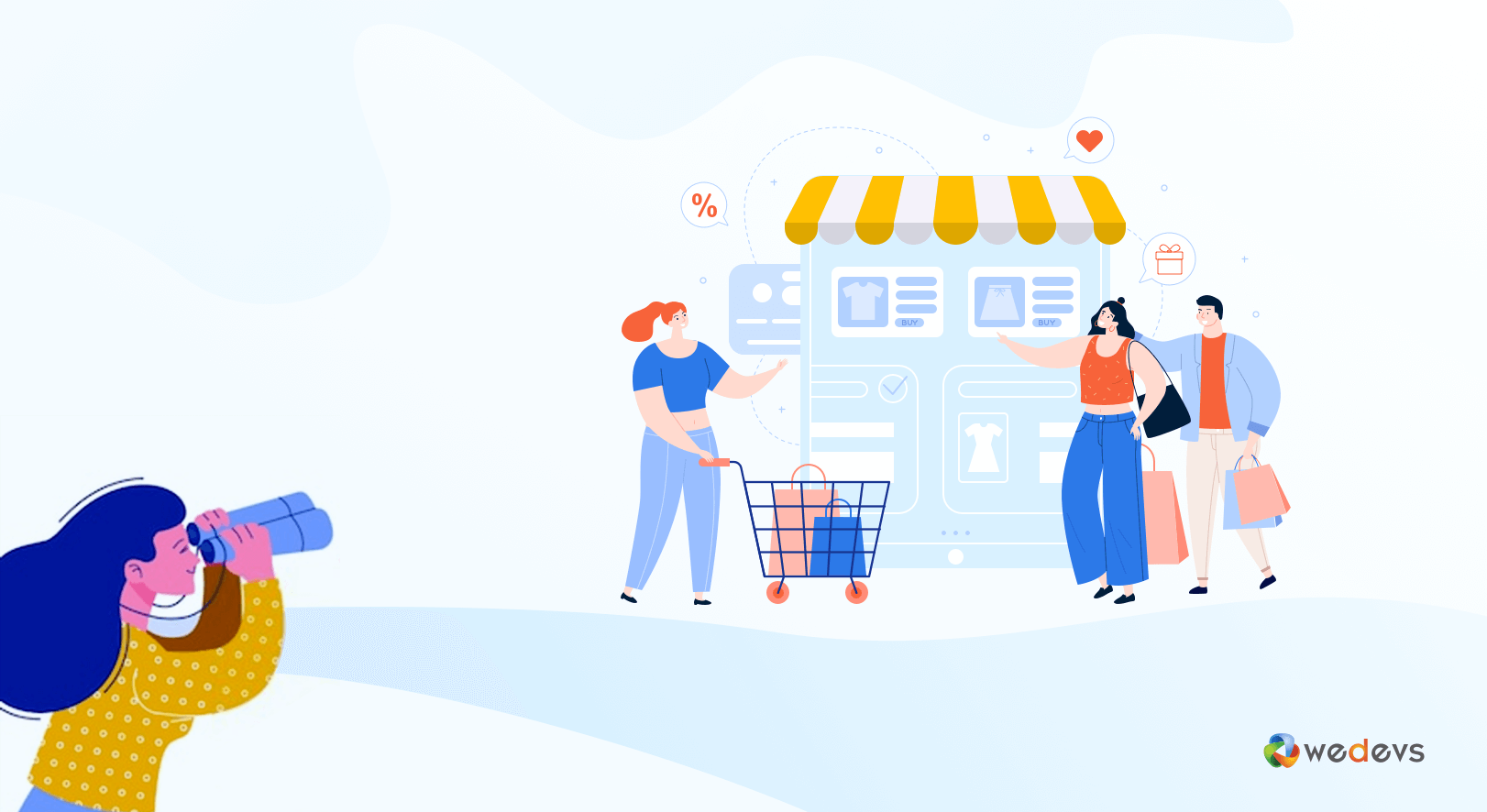
If you found this article helpful and need help with your website conversion, contact us for a FREE CRO Audit

